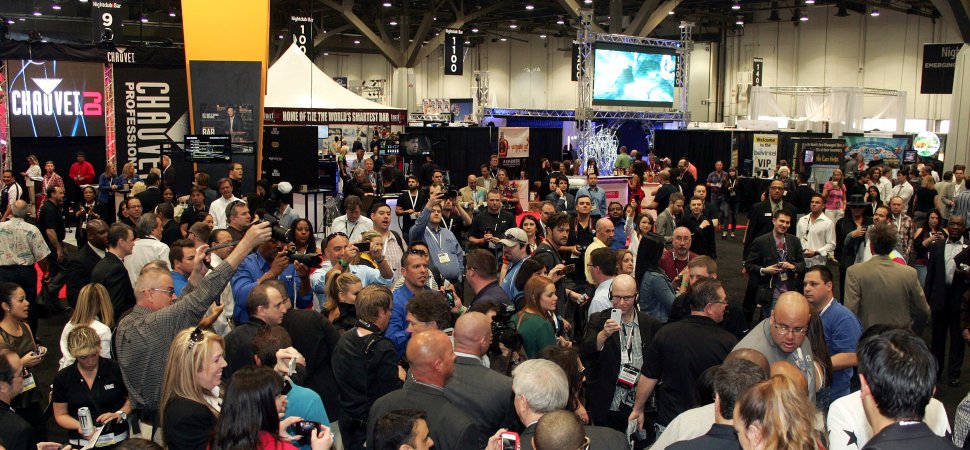It’s always very interesting to watch the chemical industry acquire, adapt and accept newer technology. If you pay any attention at all, you can watch as the technology and trends come down the pipeline. In terms of adaptation to these strategies and trends, although very forward-looking within their own fields, it seems the B2B side of the chemical industry is rather slow. You could call them late adapters at best.
At my latest tradeshow, I noticed the following tools finally being adapted by the industry –
- Apps and tablets – While the show organizer has had an app of some sort available for many years, I’ve noticed that the actual exhibitors have in-stand, self-service apps. Whether it’s an exhibitor app downloaded from one of the various app stores, or a custom-built app specific to the exhibitor’s company, apps have definitely come full-circle as a necessary piece of a tradeshow exhibit.
- Interactive exhibits – Visitors to your stand want to do, play, see and interact. People expect more than a few pieces of literature and a cheesy backdrop display. Involving potential and actual customers in your stand activities is an excellent jumping off point to maintain current, and create future, business. Drawing visitors to the stand with games, videos and demonstrations is a must.
- Real-time, social media – The ROI of social media is heavily disputed in the B2B chemical industry; however, its adaptation and use cannot be denied at this point. Using real-time media for pre- and post-show promotion is now an essential tool. Most show organizers have started creating event-specific hashtags and interact with their exhibitors through tools like Twitter, Google+ and Facebook. Contests and games utilized through real-time media seem to still have some resistance in the industry, but as companies continue to evolve, this too will be accepted.
The common denominator in all of these tools is the ability to keep track and record more information; thus, giving exhibitors more input regarding ROI. On the backend of an app, a company can record leads gained, time spent on the app, and much more. Business cards can be collected and visitors counted through an interactive exhibit. Finally, social media can be tracked through engagement, such as number of followers/likes and number of times links are clicked.
For an ad agency, the ability to provide a post-show report is imperative to measuring success, as we generally don’t have access to specific numbers and sales gained as a result of an interaction at a tradeshow. At HMA, the job isn’t over until you’ve provided the final report to the client. And then the cycle begins again…




